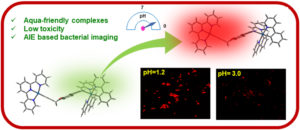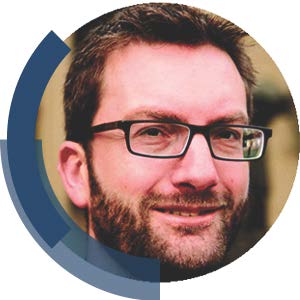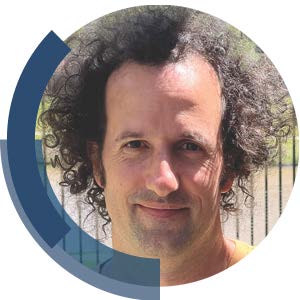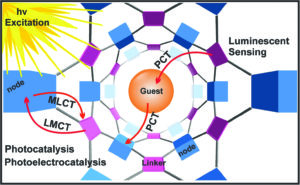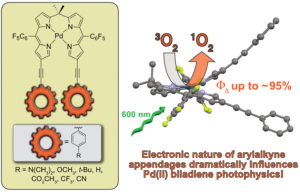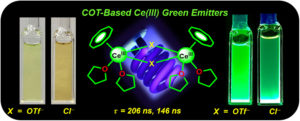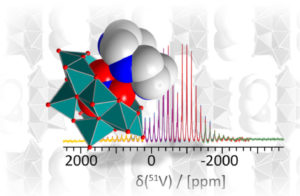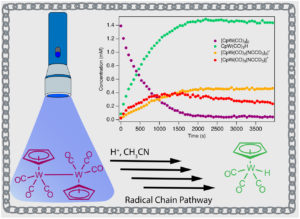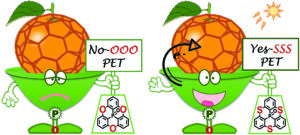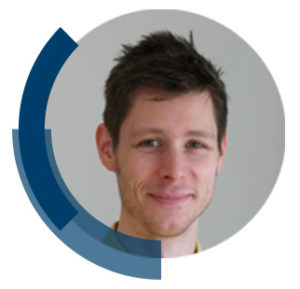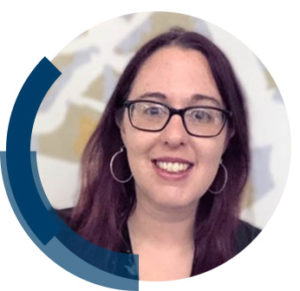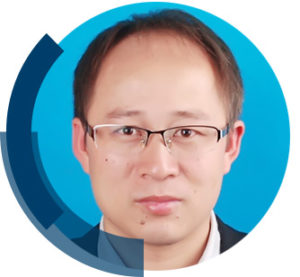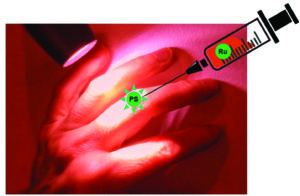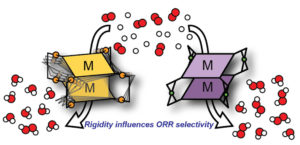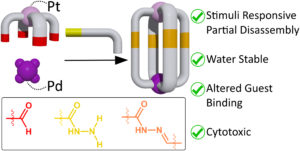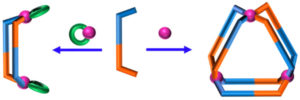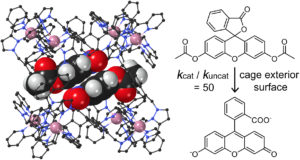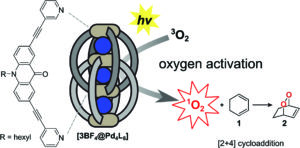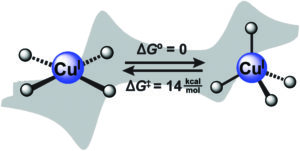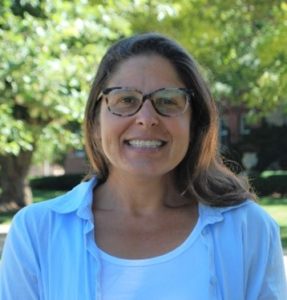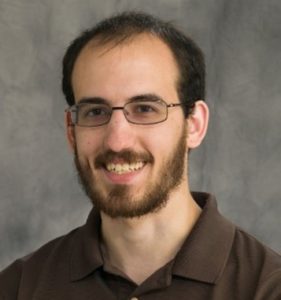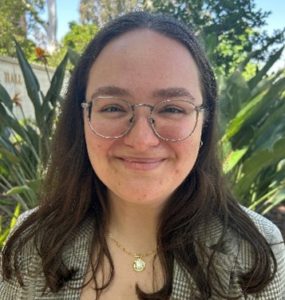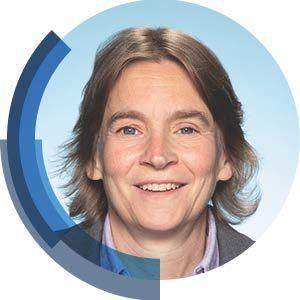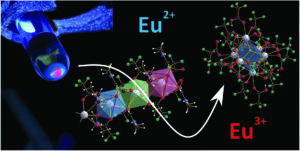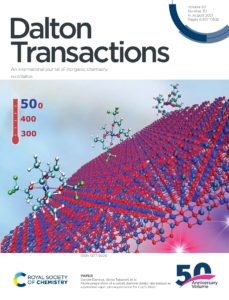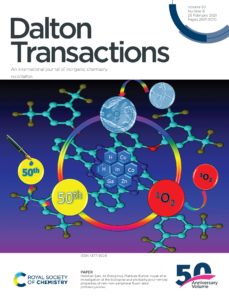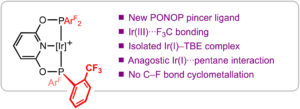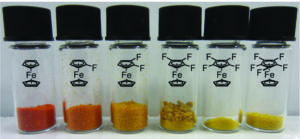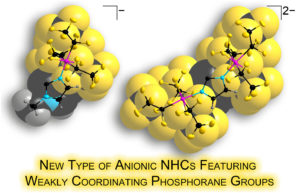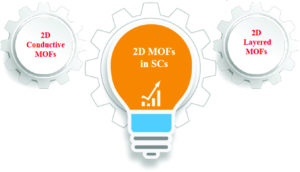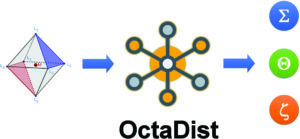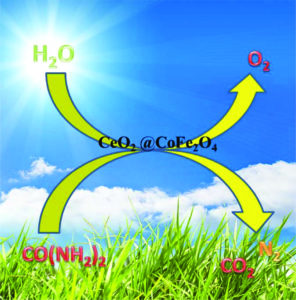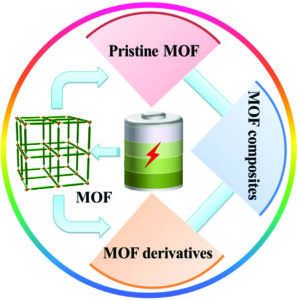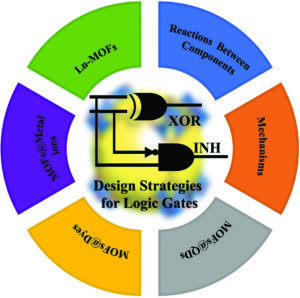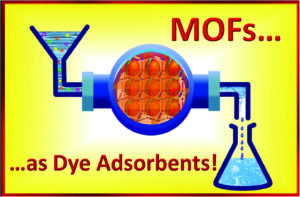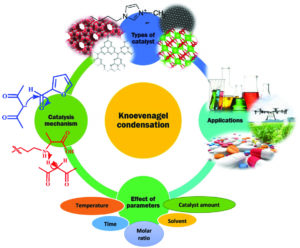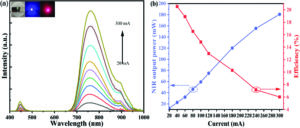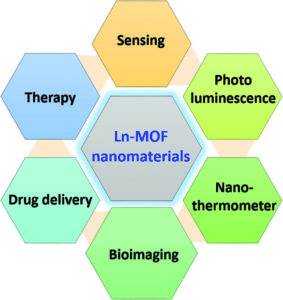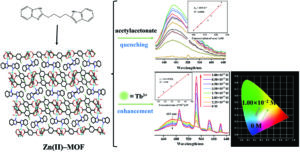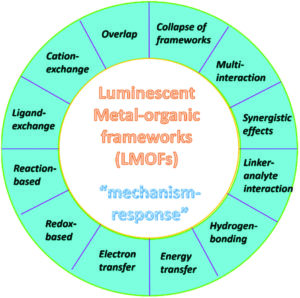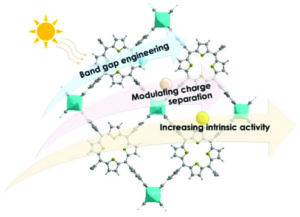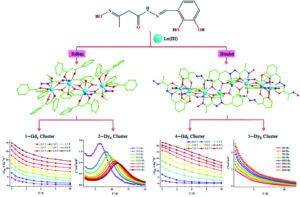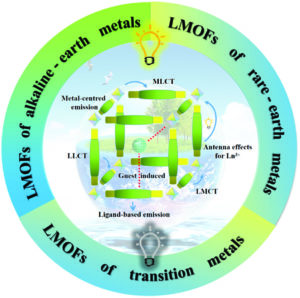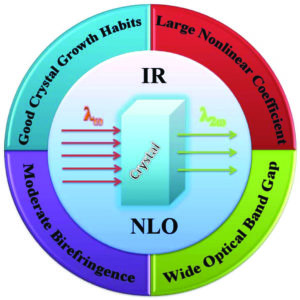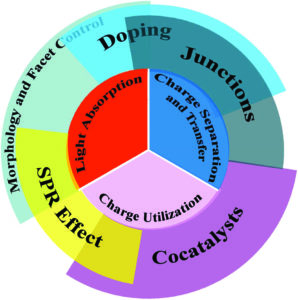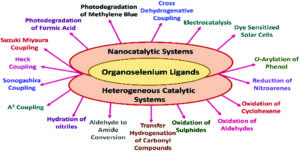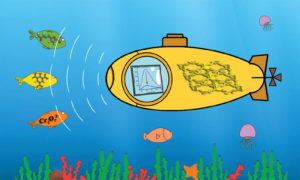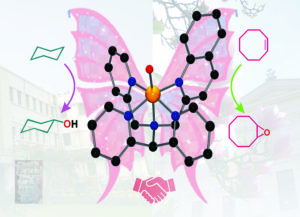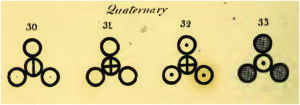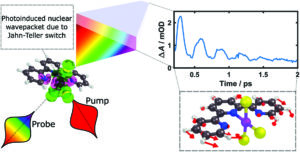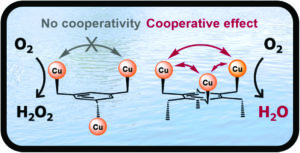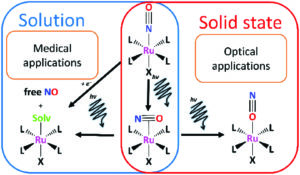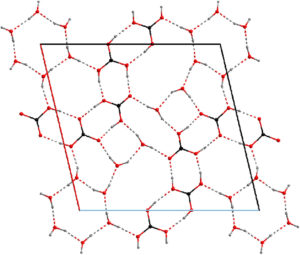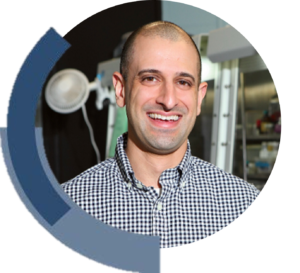We are delighted to announce our new spotlight collection on aggregation induced luminescence of metal complexes. Spotlight Collections are ongoing themed collections highlighting the best past and present work in Dalton Transactions.
Metal complexes have been known as luminescent materials for decades and still represent an extremely attractive class of materials due to their peculiar structure-related properties. As a consequence, they have found applications as responsive supramolecular motifs, sensors and photocatalysts. In the last 10 years, the emerging field of Aggregation-Induced Emission (AIE) demonstrated how a vast variety of compounds are able to switch from negligible emissive compounds in solutions to intensely luminescent materials upon aggregation.
This Spotlight Collection is focused on recent advances of AIE-active metal complexes published in Dalton Transactions, displaying the synthetic strategies for the preparation of new coordination motifs, their photophysical properties and their use as tuneable emissive materials in sensing-oriented and opto-electronic applications, aiming to define useful design principles for future improvements.
This collection is guest edited by Dalton Transactions Associate Editor Professor Paola Ceroni (University of Bologna, Italy), Dr Andrea Fermi (University of Bologna, Italy) and Professor Inamur R. Laskar (Birla Institute of Technology and Science Pilani, India).

Prof Paola Ceroni |

Dr Andrea Fermi |

Prof Inamur Laskar |
See the full collection as it grows on our collection webpage, and check out a selection of articles below:
| Cu(i) complexes with aggregation-induced emission for enhanced photodynamic antibacterial application
Zhongxiang Zuo, Xinxin Pan, Ge Yang, Yuemin Zhang, Xingwen Liu, Jinrun Zha and Xun Yuan* Dalton Trans., 2023, 52, 2942-2947
|
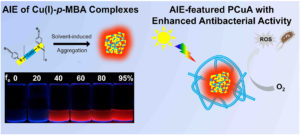 |
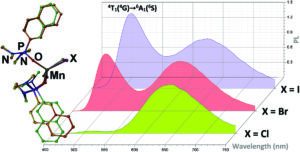 |
Synthesis and photoluminescence of manganese(ii) naphtylphosphonic diamide complexes
Marco Bortoluzzi*, Valentina Ferraro and Jesús Castro* Dalton Trans., 2021, 50, 3132-3136
|
| Using a diphenyl-bi-(1,2,4-triazole) tricarbonylrhenium(i) complex with intramolecular π–π stacking interaction for efficient solid-state luminescence enhancement (Open Access)
Alexandre Poirot, Corinne Vanucci-Bacqué, Béatrice Delavaux-Nicot, Clarisse Meslien,a Nathalie Saffon-Merceron, Charles-Louis Serpentini, Florence Bedos-Belval, Eric Benoist and Suzanne Fery-Forgues* Dalton Trans., 2023, 52, 5453-5465
|
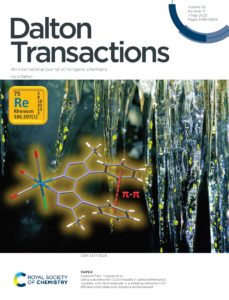 |
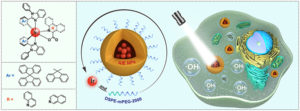 |
AIE-active Ir(iii) complexes as type-I dominant photosensitizers for efficient photodynamic therapy
Jialin Tong, Xinyue Yang, Xiaoxian Song, Jie Liang*, Shanshan Huang, Huiting Mao*, Mansoor Akhtar, Ao Liu, Guo-Gang Shan* and Guangfu Li Dalton Trans., 2023, 52, 1105-1112
|
| A fluorescent turn-on probe for cyanide anion detection based on an AIE active cobalt(ii) complex
Moustafa T. Gabr, and F. Christopher Pigge* Dalton Trans., 2018, 47, 2079-2085
|
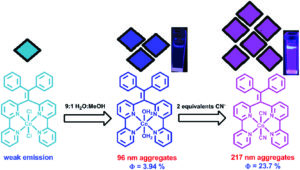
|
| Aqua-friendly organometallic Ir–Pt complexes: pH-responsive AIPE-guided imaging of bacterial cells
Sakira Tabassum Borah, Bishnu Das, Prakash Biswas, Amirul I. Mallick* and Parna Gupta* Dalton Trans., 2023, 52, 2282-2292
|


